
Merry children’s games from past centuries

My previous post was dedicated to female artists in the Middle Ages; of course artistic activities of women are better documented when it comes to the Early Modern Times. One of the known female artists was an engraver Claudine Bouzonnet-Stella (1636-1697). She was a daughter of a goldsmith named Étienne Bouzonnet, and his wife Madeleine Stella – her brother, Claudine’s uncle Jacques Stella, was a painter. He came up with an idea how to promote his art: he opened an engraving workshop, hiring his nephews and nieces to produce prints after his compositions. Apart from Claudine, her siblings Antoine, Françoise and Antoinette worked there – they all used two names, Bouzonnet-Stella. After her uncle died in 1657, Claudine took over the workshop and secured a privilege granting her rights to publish prints after designs of late Jacques. In the same year she published a series of 50 prints „Les Jeux et Plaisirs de l’Enfance” (“Games and Pleasures of Childhood”). Apart from depictions of traditional plays, such as using a swing or making soap bubbles, and apart from many popular sport games, there is also something surprising, called „Le jeu de pet-en-gueule”. It should be translated as „the game of fart in the face”.

Le jeu de pet en gueule; Claudine Bouzonnet-Stella d’après Jacques Stella, 1657, Bibliothèque municipale de Lyon (F17BOU005412) https://numelyo.bm-lyon.fr/f_view/BML:BML_02EST01000F17BOU005412
In this print – just as in all the other of that cycle – children are depicted as putti, i.e. chubby naked toddlers, which is a motif of ancient origin. Putti as a decorative motif became popular during Renaissance, when artist turned towards Roman and Greek sources of inspiration. Usually putti – unlike cherubs or amorini – are not winged.
In the 19th-century depictions of the same play (which featured two people positioned as “69”, turning over, usually through backs of other people, resting on all fours) the players are a bit older, and fully clothed.
Another proof of popularity of „jeu de pet-en-gueule” in Early-Modern (and later) Europe is a caricature dating back to 1815, depicting Napoleon playing with Louis XVIII, on the back of personification of France.
Early-Modern prints are full of incredibly interesting motifs, rooted in the European culture of previous centuries. But the scholars specializing in Early-Modern art rarely research medieval manuscripts. Meanwhile, that is where one can find sources of inspiration for the 16th-, 17th– and even 19th-century engravings.
In this case it looks like a predecessor of Claudine Bouzonnet-Stella’s series of prints (or rather: a predecessor of her uncle’s designs) was a manuscript of Book of Hours of family Ango, today at the Bibliothèque nationale de France (NAL 392). It was comissioned by Jean Ango (1480-ca. 1551), a sailor, a banker, a ship-owner and a viscount, who made quite a lot of money… on piracy, among other activities. However, being ruthless in business does not automatically mean being impious, nor a bad father. When in 1514 his daughter Marie was born, he comissioned the manuscript in question on the occasion of her baptism. It is a Book of Hours, called “the book of children” („Livre des enfants”) – not because it was created to celebrate a birth of a child, but because its decoration focuses on children. It is full of little naked putti.
As in case of every medieval book of prayer, the manuscript starts with a liturgical calendar, in which every month is decorated with depiction of its zodiac sign, and so called “labour of the month”, like shearing of the sheep in June, harvest in July and August, and so on. But in this case – exceptionally – all the labours are completed by putti.
Then we have called bas-de-page, i.e. separate small images on the bottom margins of subsequent pages. Many of them depict putti (or just semi-naked toddlers, as putti should be male, and here we have boys and girls) engaged into various activities. Some of them are games and plays… some of them are scatological.
There is also a depiction of „jeu de pet-en-gueule”, but it looks a little bit different than what we saw in the prints.
Moreover, there is a game of distance peeing (or aimed peeing).
Which, interestingly, is also a play for girls (though that is quite a challenge!)
And we will also find here a dangerous game (because children should not play with fire): igniting one’s bowel gas.
Let me remind you: we are talking here about decoration of a book of prayers. But that firmly rooted in the traditions of the Middle Ages: sacred was mixed with profane. Depictions of children and their vulgar games could have symbolised human condition: sinful, naïve, clueless, and in need of guidance.
On the other hand, those were probably actual plays of the children of the 16th century. As my colleague Bartosz Sadulski commented (whose Facebook post on print by Claudine Bouzonnet-Stella inspired me to write this blog entry): “once upon a time kids knew how to play, and now they just stare at smartphones and computers!”






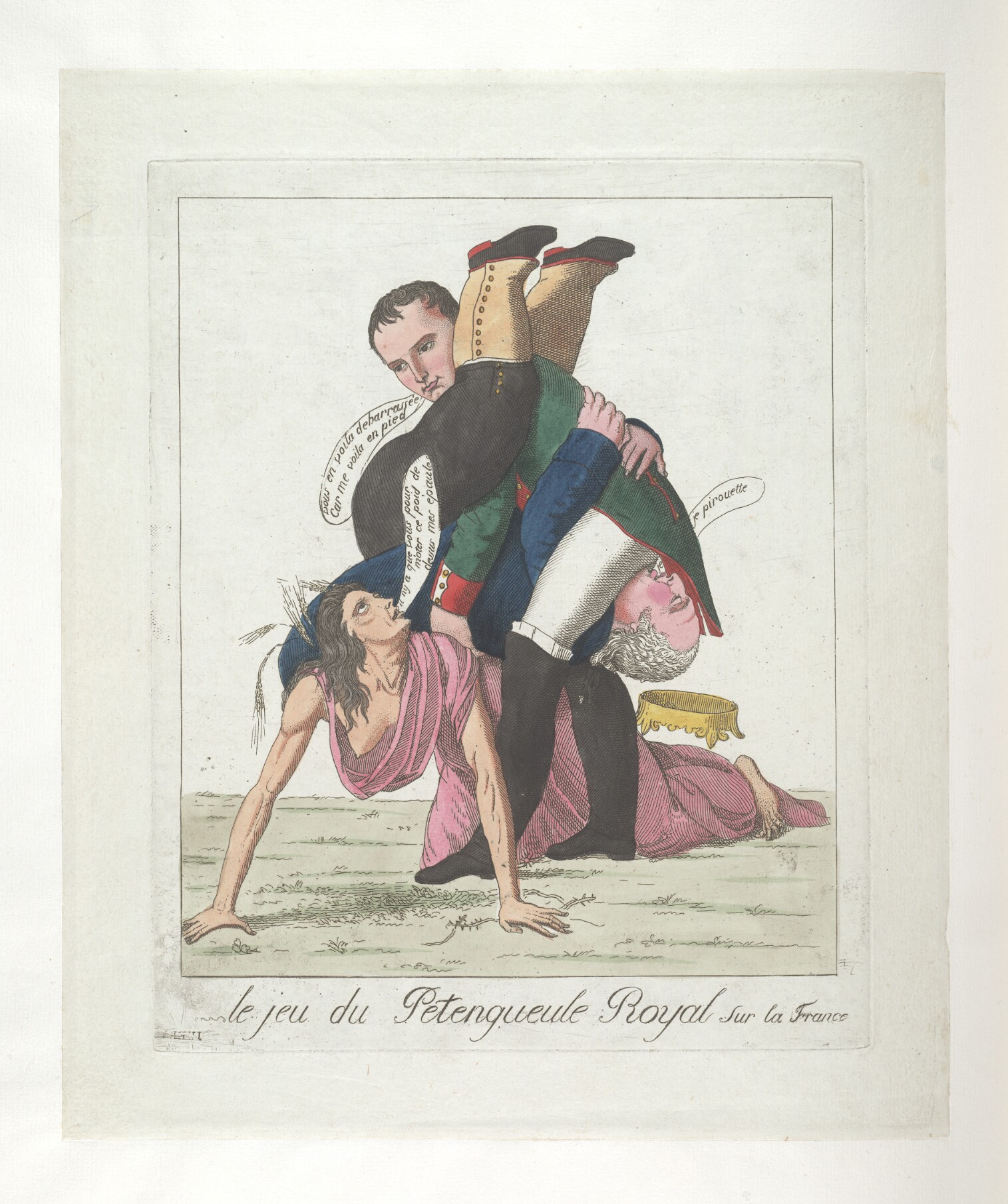
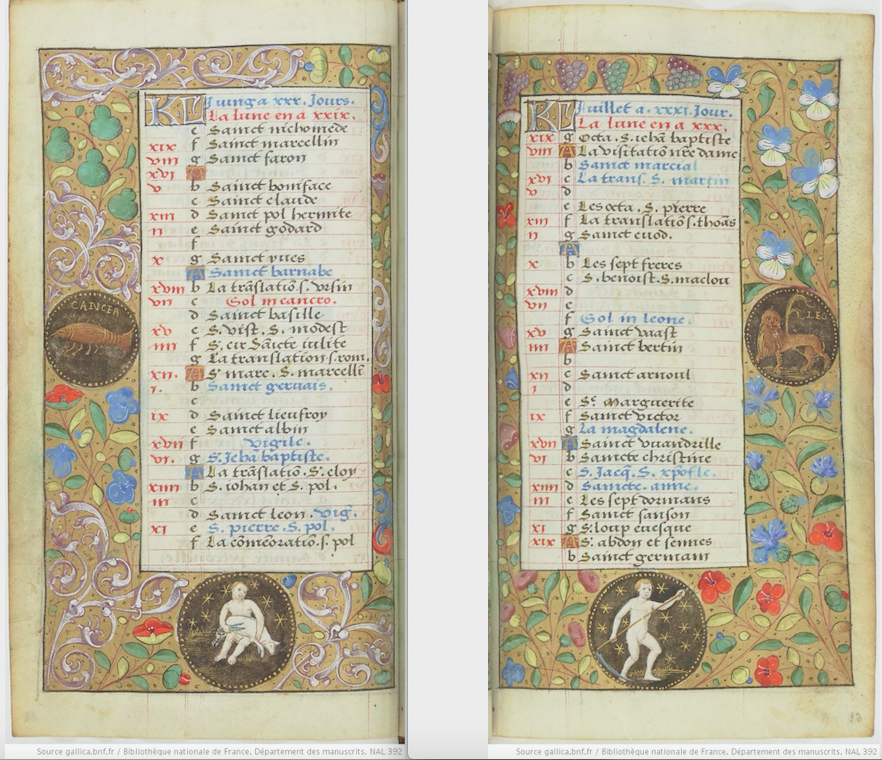

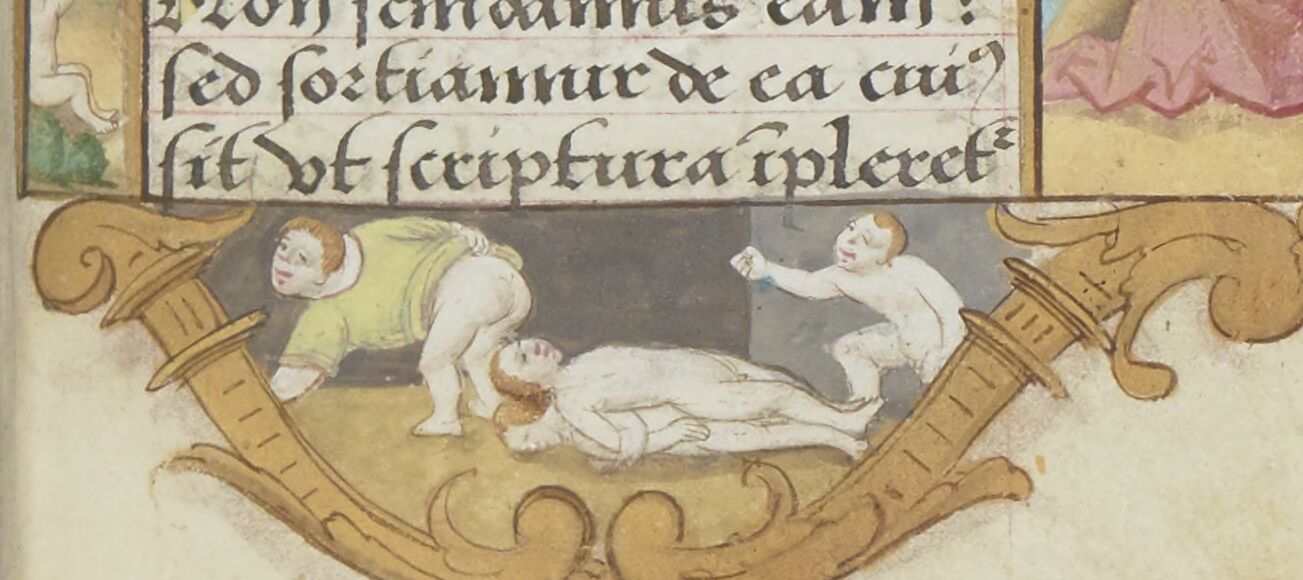

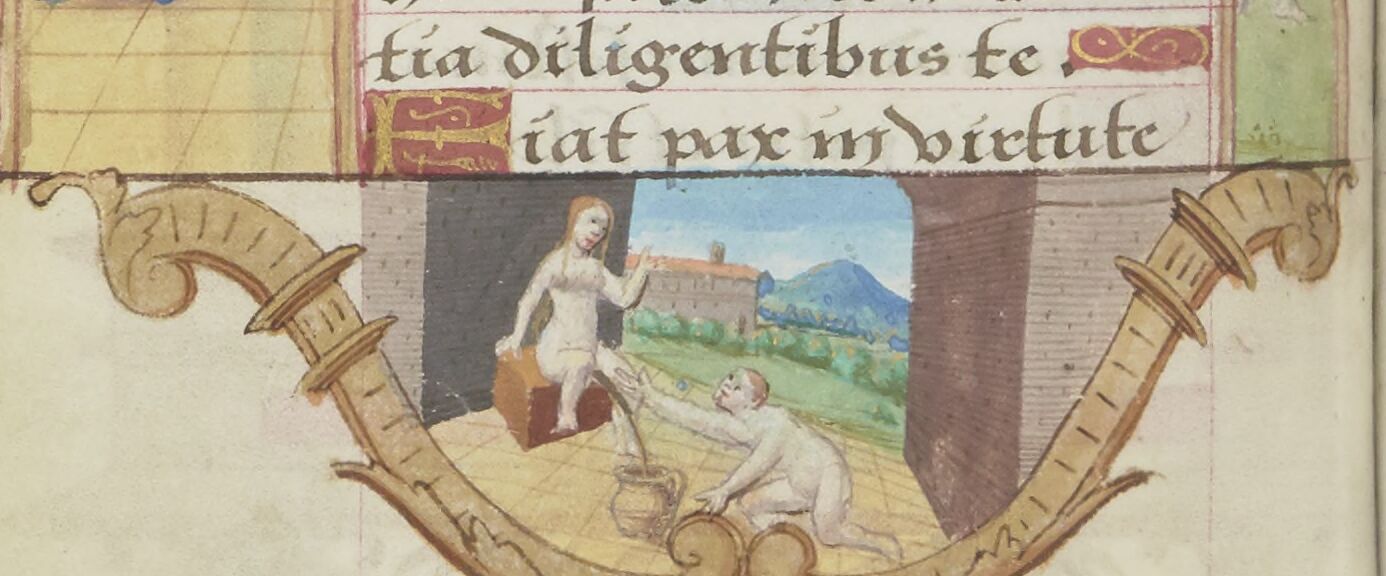
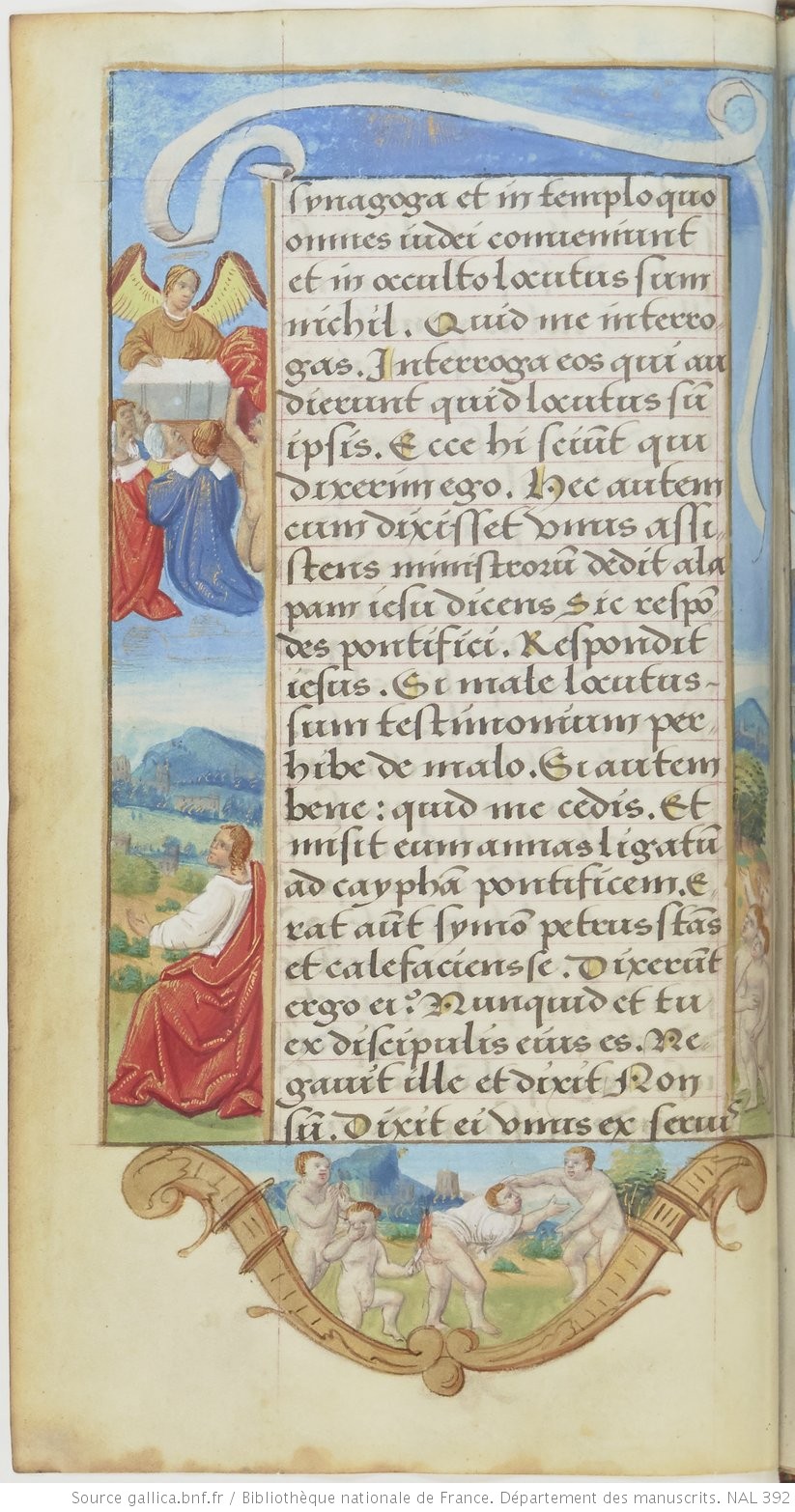
Many thanks Magdalena I love what you write Such fun Makes me realise how people in the past enjoyed life as much as we do with simple pleasures
Thank you so much for this comment! Hahahaha, yes, simple pleasures. Nothing changed, we are still the same, just like people in the Middle Ages and Early Modern Times.
🙂
Highly entertaining as always.
Thank you! 🙂